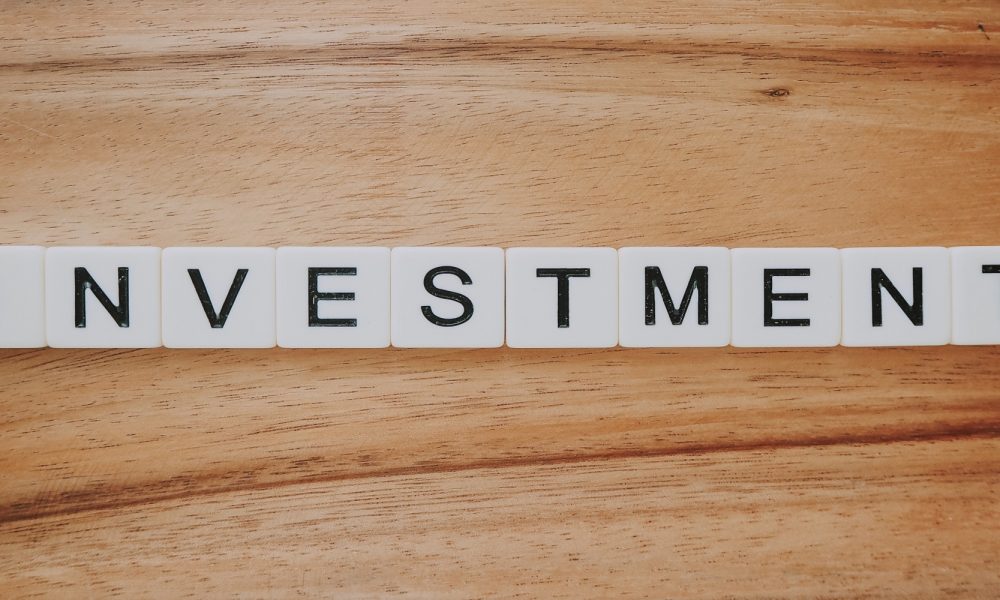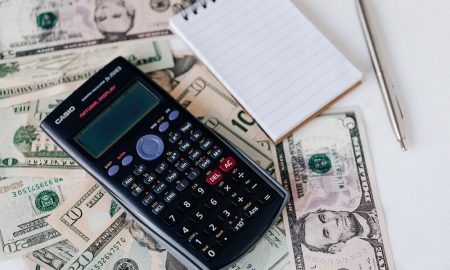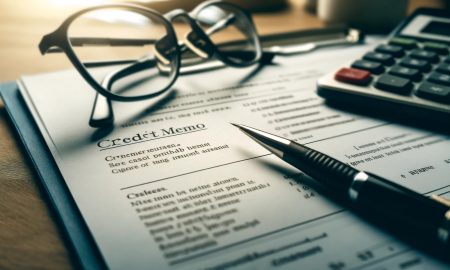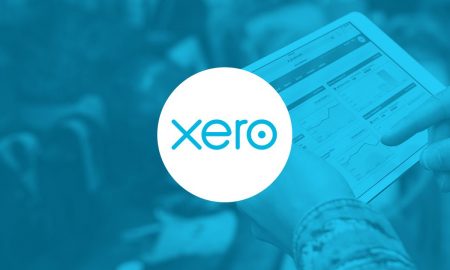
Easy Way to Invest in Government Treasury Savings Bonds Right Now

Confused by the multiple investment options available in the market? No worries, because now you can invest in a low-rick savings bond called Series I Savings bond, which is a U.S. Treasury savings bond program. You can invest your money and yield a profitable return from this bond. With an uncertain and constantly changing environment, where inflation keeps on going up, I bonds are a great option for investment purposes.
Series I Savings Bond – What Is It?
 Investing in stocks is a risky business as you never know if you are actually going to get a positive return. Moreover, it is applicable over a comparatively short time period when there is a lot of uncertainty in the environment. Other than this, the bond yields are very low and the prices of bonds are likely to fall with the prospect of higher interest rates.
Investing in stocks is a risky business as you never know if you are actually going to get a positive return. Moreover, it is applicable over a comparatively short time period when there is a lot of uncertainty in the environment. Other than this, the bond yields are very low and the prices of bonds are likely to fall with the prospect of higher interest rates.
However, on the other hand, the Series I bond offers a very high annual interest rate of 7.12%. The question that arises is why the Series I bond provides such an enormous amount of interest? The answer is easy. I in the Series I bond stands for inflation. This means that the rate of Series I bonds is fixed based on inflation which we all can see is rising greatly.
Time is of the Essence
 During the financial year-end, you do not have much time left to acquire Series I bonds with a great amount of interest, i.e., 7.12%. However, by the end of April 2020, the interest rates change. You can still buy them in a couple of ways.
During the financial year-end, you do not have much time left to acquire Series I bonds with a great amount of interest, i.e., 7.12%. However, by the end of April 2020, the interest rates change. You can still buy them in a couple of ways.
Electronic I bonds can be bought from the treasury direct, the U.S government’s website. These electronic I bond can be bought in any amount over $25. The paper I bonds can be purchased using your federal income tax refund and can only be bought in the following five denominations – $50, $100, $200, $500, and $1,000. The only thing required to purchase Series I bonds, be it electronic or paper, is that you need a valid social security number.
Furthermore, if you want to purchase paper bonds using your federal income tax refund, the rate of 7.12% will be changed after April 18, 2022, since it is the deadline for filing the income tax returns.
Some Disadvantages You Should Take into Account
Like everything else, the I bonds have certain disadvantages. The limitation of buying I bonds is that a person can only purchase $10,000 worth of I bonds in one calendar year. Moreover, if a person is due on a federal income tax refund, they can only purchase up to $5000 worth of the paper bond. In contrast, if a person has a big enough refund, only on that condition, they can purchase up to $15,000 of Series I bond.
In addition to this, you will only get that interest for the initial 6 months of purchasing that bond after which a new interest rate will be in effect. This, however, is not necessarily bad news because the interest rates on these I bonds are fixed based on inflation. Therefore, if inflation increases, so will be the interest rate. But on the downside, if the inflation rate drops down to 0% then the annualized interest rate would be 3.56%. keeping the current economic situation, the second scenario of a 0% rate is highly impossible.
Lastly, a person needs to hold on to the bond for a year before which he can not sell it. In addition to this, if a person cashes out the bond before five years of holding it, the last three months of interest amount accrued would be forfeited.
An Amazing Fortune
 Sure, there are other options in the market that could possibly yield higher returns such as Berkshire Hathaway. On the contrary, there are no other alternatives for investments that offer a guaranteed minimum return of 3.56%, backed up by the complete faith and credit of the U.S government. Therefore, for investors who plan on making a long-term investment, a Series I bond will be the best choice to invest their $10,000.
Sure, there are other options in the market that could possibly yield higher returns such as Berkshire Hathaway. On the contrary, there are no other alternatives for investments that offer a guaranteed minimum return of 3.56%, backed up by the complete faith and credit of the U.S government. Therefore, for investors who plan on making a long-term investment, a Series I bond will be the best choice to invest their $10,000.
There are widely differing views about what a person should and should not do during the current volatility in the stock market. The uncertainty has increased to such an extent that the chances of risk are greater, therefore, think wisely before making an investment decision.
More in Business & Investments
-
`
The Sky’s the Limit: Qantas Aims for Ultra-Long-Haul Records
Long-haul flights are making a grand return, signaling the optimism among airlines that international travel is on the rebound post the...
December 2, 2023 -
`
WWE SmackDown to Make a Comeback on USA Network in 2024
In a surprising twist, WWE’s Friday night staple, “SmackDown,” is bidding farewell to Fox and heading back to its old stomping...
November 24, 2023 -
`
Why Women Face Higher Out-of-Pocket Health Expenses
In healthcare, disparities persist, and a recent report from Deloitte underscores a significant financial gap between working women and men in...
November 18, 2023 -
`
Elon Musk vs Bill Gates: The Clash of Titans
In the realm of the world’s wealthiest individuals, a simmering rivalry has been captivating public attention. It’s not a clash of...
November 7, 2023 -
`
The Power Of Disconnecting
In our digitally driven age, where smartphones, tablets, and laptops have become extensions of ourselves, disconnecting might seem daunting. However, the...
October 31, 2023 -
`
JCPenney’s Bankruptcy: The End of an Era
JCPenney filed for bankruptcy in a move echoing the struggles of many retailers in the wake of the COVID-19 pandemic. This...
October 26, 2023 -
`
Reasons Why You Need a Financial Plan
Financial planning is not just for the wealthy or those nearing retirement. It’s a crucial tool for anyone seeking financial security...
October 19, 2023 -
`
How Brad Pitt Spends His Millions All Over the World
Brad Pitt, the charismatic Hollywood superstar, has left an indelible mark on the silver screen and made an impact in the...
October 10, 2023 -
`
Gen Z’s Posh Palate: The Unexpected Rise of Caviar Culture
Amid the backdrop of a digital era buzzing with viral dances, e-sports, and niche memes, there emerges a peculiar plot twist:...
October 7, 2023















You must be logged in to post a comment Login